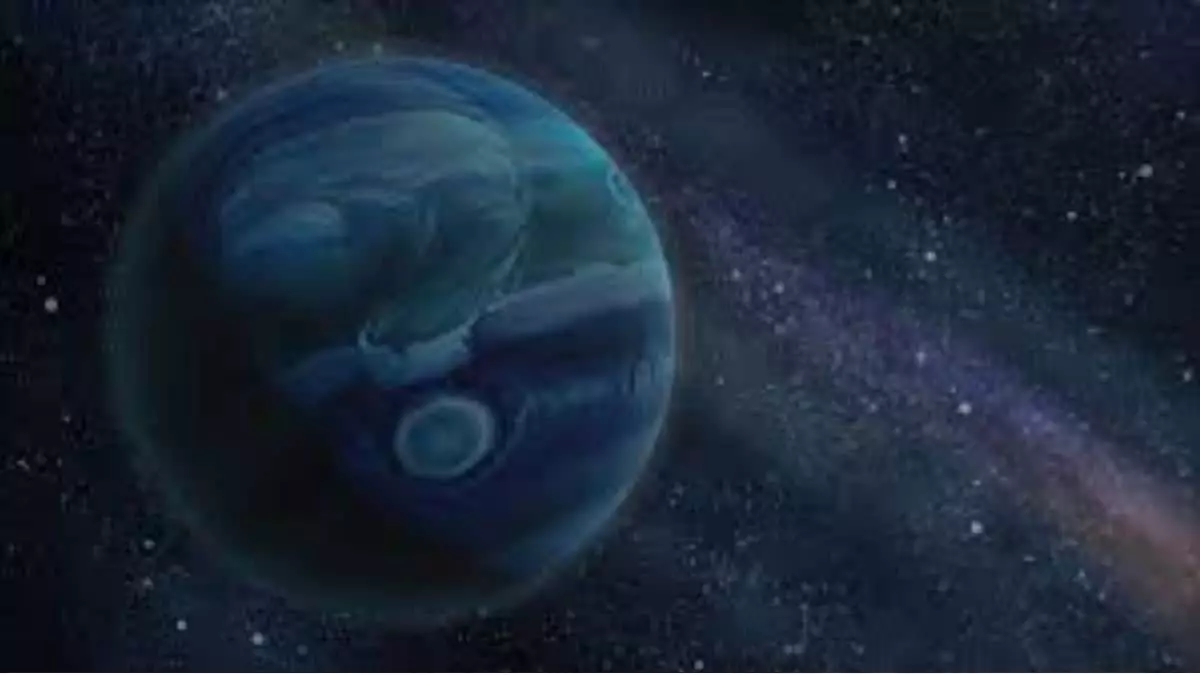For decades, the possibility of a massive, unseen presence lurking in the far reaches of our solar system has captured the imagination of astronomers and the public alike. This idea, once dismissed as mere speculation, has experienced a resurgence thanks to recent observations of peculiar orbits among distant Kuiper Belt objects. The notion of an undiscovered planet—often dubbed “Planet Nine”—raises profound questions about our understanding of cosmic architecture. It is tempting to see this as a thrilling frontier of discovery; however, beneath the allure lies a complex debate fraught with uncertainties, rival hypotheses, and the dangerous allure of sensationalism.
Evidence or Assumption? The Critical Perspective
Proponents see the errant trajectories of trans-Neptunian objects as compelling evidence of a gravitational giant exerting its influence from afar. They argue that the gravitational pull from a planet several times larger than Earth could account for the anomalies observed. Yet, skeptics question whether this interpretation is definitive or merely the result of limited data and observational biases. The vastness of the outer solar system ensures that our current knowledge is fragmentary at best, and extrapolating the existence of a planet from a handful of peculiar orbits risks overreach. The scientific community must tread carefully—confirmation bias can easily lead us down a path that confirms our hopes rather than the reality.
Alternative Explanations and The Risks of Speculation
More conservative researchers suggest that phenomena attributed to Planet Nine could instead be explained by other mechanisms. Debris rings, gravitational interactions with passing stars, or even the natural chaos of the Kuiper Belt may suffice to explain the orbital irregularities without invoking a new planet. Even more tantalizing, some have speculated about radically different scenarios—such as the presence of a small black hole or a dark matter concentration—whose implications are far more alarming and less reassuring. These theories, however, often overshadow the sober importance of rigorous data analysis and peer review, risking sensationalism that distracts from genuine scientific progress.
The Center’s Responsibility in Navigating the Unknown
As we stand at the edge of this cosmic mystery, it becomes clear that a balanced approach is essential. While curiosity and the drive to discover new worlds are commendable, we must remain skeptical about jumping to conclusions. The allure of a mysterious giant planet can tempt us into confirmation bias, shaping evidence to fit a preferred narrative rather than the truth. Responsible science demands patience, meticulous data collection, and a recognition of the limits of current technology. The search for Planet Nine should be pursued with cautious optimism, not reckless speculation that could distort scientific discourse and mislead the public. Only through objective inquiry and critical skepticism can we hope to uncover the real secrets lurking in the depths of our solar system—if they even exist at all.


Leave a Reply